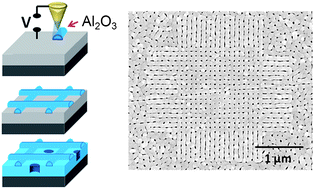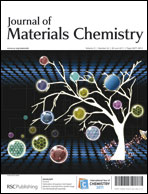Proximal oxidation as a director of self-organisation†
Abstract
Self-organising templates used as etch masks and growth seeds enable efficient mass fabrication of nanoscale device layers. In this work we introduce a new way to direct self-organisation of nanoscale pore formation during


 Please wait while we load your content...
Please wait while we load your content...